Why Twitter (X) Might Be Dead by 2026 — Experts Explain
Since Elon Musk’s high-profile takeover of Twitter and its rebranding to X, the platform has experienced a whirlwind of changes. Some call it evolution, others say it’s chaos. In either case, Twitter—now officially X—is not the platform it used to be. Once the digital town square of the internet, it now faces declining trust, shrinking user bases, advertiser walkouts, and increasing competition from newer platforms like Threads, Bluesky, and Mastodon.
So, could Twitter truly be dead by 2026?
It might sound extreme, but experts in tech, social media, digital culture, and business see real warning signs. Here’s a look at why analysts and insiders are saying Twitter may not survive the next year—and what exactly led to this potential downfall.
1. The Rebrand Confusion: From Twitter to X
The rebranding of Twitter to “X” in 2023 was one of the most abrupt and controversial decisions in tech history. Elon Musk’s vision of turning Twitter into an “everything app” similar to China’s WeChat was met with confusion and skepticism.
The change alienated long-time users who had built personal or professional brands around the Twitter name. The blue bird, a symbol of social dialogue and real-time updates, was abruptly removed without a smooth transition. Many users still refer to the platform as Twitter, while others remain unclear about what “X” is trying to become.
According to branding experts, such a drastic identity shift without gradual adaptation can lead to an identity crisis—one that’s already pushing users toward alternatives.
2. Ad Revenue Collapse and Financial Trouble
Twitter’s business model has historically depended heavily on advertising. Since Musk’s acquisition, major advertisers like Coca-Cola, Apple, Disney, and General Motors have pulled back or entirely suspended campaigns. The reason? Brand safety concerns.
Under Musk’s looser content moderation policies, misinformation, hate speech, and divisive rhetoric saw an increase. Advertisers feared that their brands would appear next to harmful or controversial content. Without trust in the platform’s moderation, advertisers began to flee.
In 2024, reports showed ad revenue had dropped by more than 50 percent compared to its pre-Musk years. Despite attempts to build revenue from paid subscriptions like Twitter Blue, the platform has struggled to replace lost advertising income. Experts believe X’s reliance on unpredictable revenue streams puts it in serious danger.
3. Decline in User Engagement
While Musk claims that usage is strong, data from multiple analytics firms suggests otherwise. X has seen a decline in active users, particularly in the US and Europe. Many influencers, journalists, and thought leaders—the lifeblood of Twitter’s relevance—have either reduced their activity or left the platform entirely.
Why are users leaving?
- The user interface has become cluttered and less intuitive.
- The algorithm favors paid users, drowning out organic content.
- Trust in content moderation and platform stability has eroded.
- Competing platforms now offer cleaner, safer spaces.
Experts argue that once a social platform loses its core contributors, it’s extremely difficult to regain momentum. It’s not just about losing numbers—it’s about losing culture.
4. Paid Verification Backlash
One of the most controversial features Musk introduced was the ability for anyone to purchase a blue checkmark. Previously a symbol of verified identity and credibility, the blue check is now available to anyone willing to pay.
This move not only confused users but also damaged trust in the verification system. Impersonation became widespread. Fake accounts with purchased checkmarks were used to spread misinformation, harass others, and impersonate brands.
For many users, this broke one of the fundamental functions of the platform: knowing who and what to trust. Experts say this decision eroded the platform’s integrity faster than any technical bug or UI change ever could.
5. Technical Instability and Poor Updates
Since Musk drastically reduced Twitter’s workforce, including engineers and trust & safety teams, the platform has faced growing technical issues.
- Outages have become more frequent.
- The algorithm changes without notice or clear communication.
- Features are launched and pulled back without explanation.
- Developers have struggled to maintain platform stability across updates.
From a user experience standpoint, this inconsistency makes the platform feel unstable. In a world where users expect seamless functionality, especially for real-time conversation, these issues have turned loyal users away.
6. Rise of Competitive Platforms
While Twitter still holds its place in culture, new competitors are gaining serious ground:
- Threads, built by Meta, had a rocky start but has steadily gained traction with a familiar interface and integration with Instagram.
- Bluesky, backed by Twitter’s former CEO Jack Dorsey, appeals to open-source enthusiasts and those tired of centralized control.
- Mastodon, a decentralized platform, has cultivated niche but passionate communities, especially among academics and journalists.
Even platforms like Discord, Reddit, and LinkedIn are absorbing parts of Twitter’s former user base, depending on topic and tone. The core function that made Twitter unique—public, fast-moving conversation—is no longer exclusive to Twitter.
Experts believe that by 2026, if X hasn’t drastically improved its appeal or functionality, these competitors will permanently absorb the communities that once thrived there.
7. Elon Musk’s Leadership Style
Musk is undoubtedly a visionary entrepreneur, but his leadership of Twitter has been divisive. His hands-on, unfiltered approach appeals to some but has alienated many others. Whether it’s tweeting controversial opinions, firing entire departments, or changing features without consulting users, Musk’s governance has created a turbulent environment.
Investors, advertisers, developers, and even celebrities have voiced frustration with what they see as erratic decision-making. Analysts point out that while Musk thrives in innovation-led industries like aerospace and automotive, social platforms require community management, trust-building, and consistency—traits critics say have been lacking.
In tech, perception is reality. When the community no longer trusts the leader, they start looking for the exit.
8. Cultural Relevance is Slipping
Twitter was once the first place people turned to during breaking news, political debates, viral moments, or sports events. But now, users increasingly rely on TikTok, Instagram, or even YouTube Shorts for real-time reactions and commentary.
Even memes, once Twitter’s strength, are now born and spread more quickly on TikTok or Reddit.
Cultural momentum is vital to survival in the social media industry. Without it, a platform becomes a digital ghost town. Experts warn that if X doesn’t reinvent itself or reconnect with cultural pulse points, it could lose its last competitive edge.
What Would Twitter’s Collapse Mean?
If Twitter dies by 2026, it won’t just be the end of a social media platform—it would be the end of a digital era.
- Journalism would lose a vital source for real-time reporting and breaking news.
- Activism would shift to new platforms, with less public reach and visibility.
- Public discourse would be fragmented further across multiple apps and echo chambers.
Some experts say the death of Twitter could lead to a more decentralized and fragmented internet, where no one platform dominates public dialogue again.
Can X Still Survive?
Despite the warnings, it’s not all doom. Musk still has a massive global following and financial resources. X has started building financial tools, long-form content features, and creator monetization options.
If X manages to pivot into a true all-in-one app—combining payments, messaging, and content—it could regain momentum. But it needs to rebuild trust, fix technical issues, and clearly communicate its vision.
Without these changes, experts agree that X may not make it to the end of 2026 as a major player in the social media space.
Final Thoughts
The fall of Twitter—now X—is not just about bad business moves or controversial decisions. It’s about how a digital space loses its soul. It’s about what happens when a platform forgets why users showed up in the first place.
Unless X can restore functionality, rebuild community, and deliver consistent value, the clock may be ticking. And if it does fade, it will serve as a powerful lesson in how quickly the internet can shift from relevance to irrelevance.

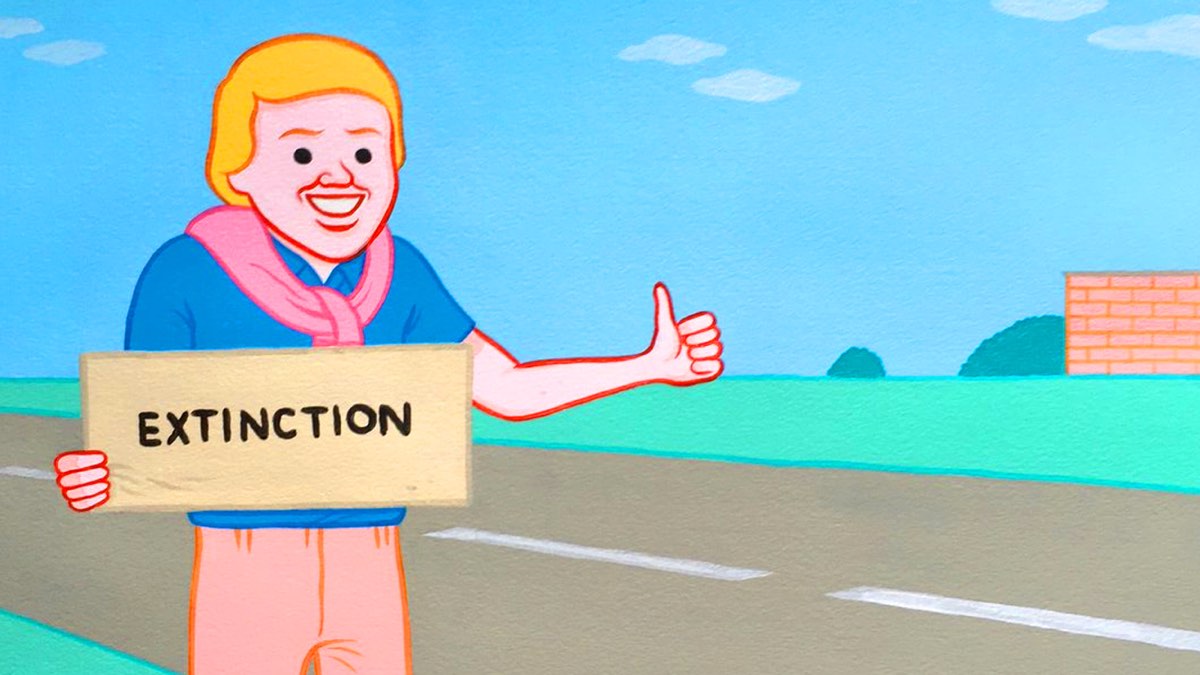


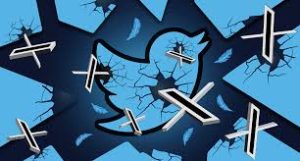

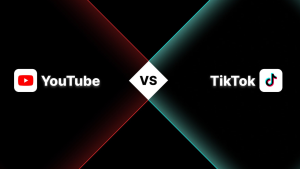

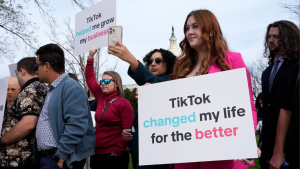
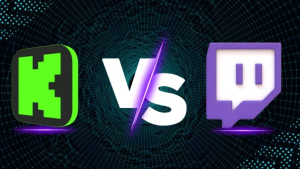

Post Comment